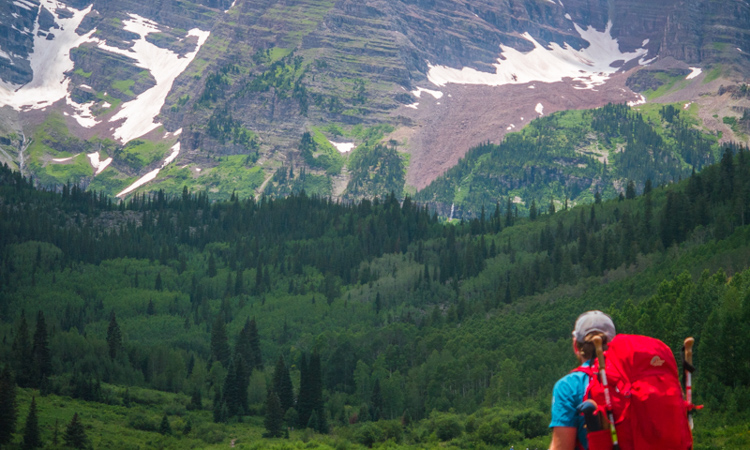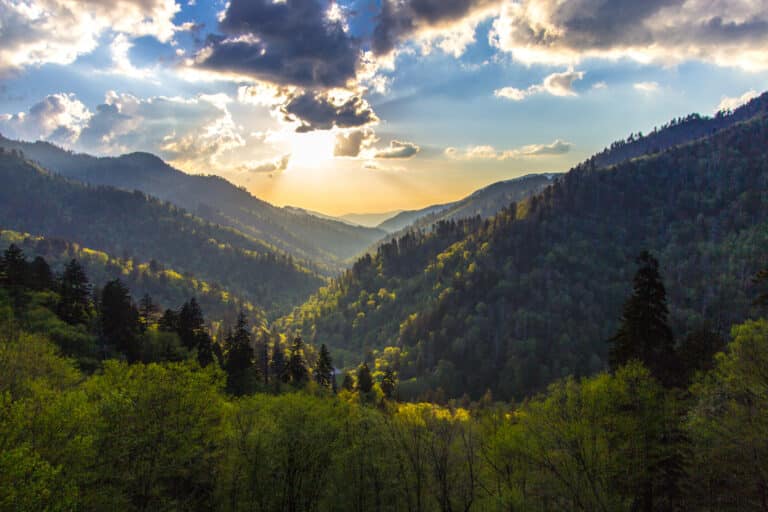We have been at odds for the past two years during this tour. On one hand, we feel closer to nature living from a van. We wake up with the sun, fall asleep with the crickets, and base our days around weather patterns. On the other hand, we use fossil fuels to get around, a resource that is finite, harmful to extract from the earth, and continues to cause serious economic and political strife.
This year, we’ve decided to Carbon Offset our tour. We include a lot of sustainable practices in our daily lives, but gasoline consumption is something we can’t change due to the nature of our job and living condition. When it is great for us to fly less and ‘travel slow,’ we are still using non-renewable resources.
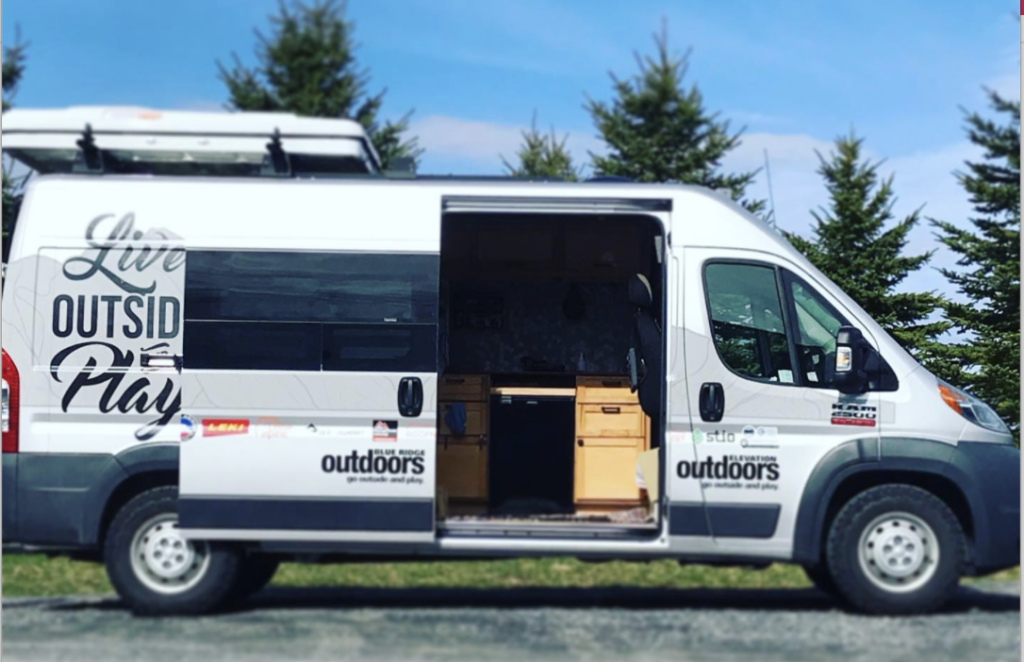
What is Carbon Offsetting?
Carbon offsetting is reducing carbon dioxide or other greenhouse gases made to compensate for carbon dioxide or other greenhouse gases created elsewhere (by you). Carbon offsetting is measured in tonnes of carbon dioxide-equivalent (CO2e). For every tonne of carbon you produce, you can offset a tonne of carbon by a different means. Usually, payment to a program that is working to offset carbon production.
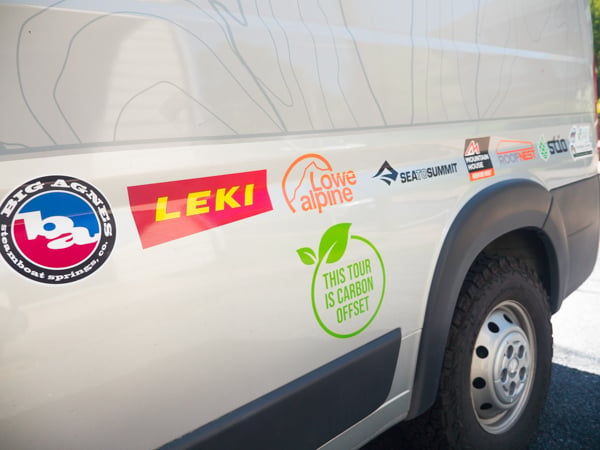
Is this Controversial?
There is a lot of controversy surrounding carbon offsetting. Does the money actually get used for what it’s intended for? Can you really pay a few dollars and offset a flight across the ocean? Is this a band-aid for a larger problem? If you find the right program to support, the answer will be yes for all these questions. Yes, the money is used responsibly and goes toward any number of projects attempting to keep that amount of carbon out of the atmosphere from somewhere else (distributing efficient cooking stoves, renewable energy production, forest protection). Yes, you can buy carbon credits for a flight across the ocean (around $25) and keep that amount of carbon from entering the atmosphere somewhere else. Is this a band-aid for a larger problem? Absolutely, but it is one piece in the climate change puzzle that we can influence directly right now. We are trying to do as much as we can as two humans traveling in a van throughout the country, and this is a part of that. This is important because each of us is responsible for doing as much as we can to halt climate change and leave a healthy and happy Earth for generations to come.

Who are we Purchasing Credits From?
We researched a lot of companies to find what programs we identified with the most. We landed on Stand for Trees and Cool Effect. It is important to put in research time before choosing a program to support. There are many that might not be as transparent. Both sites we chose have calculators so you can estimate your carbon output. You can offset a single road trip, the carbon output of living in a house, and single or multiple flights. We are personally donating $50 total each month we are on tour (we plan on continuing to donate personally when the tour is over). Blue Ridge Outdoors and Elevation Outdoors Magazine are donating $25, and we are matching their donation with our personal funds. Fifty dollars is far more than needed to cover the cost of our travels according to the calculator, but hopefully the extra will cover other trips and ways that we release carbon into the atmosphere.
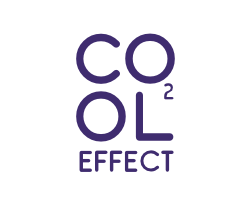

We’re doing out best to live gently on the land. We would love to hear your suggestions, tips, and tricks as we continue on our adventure!
There is one way for this tour to be a reality– our sponsors! Sending a thank you shout out to all of our awesome sponsors that make this tour happen: Sea to Summit, Mountain House, Lowe Alpine, Leki, Big Agnes, Stio, Roofnest, and Franklin County, VA.
